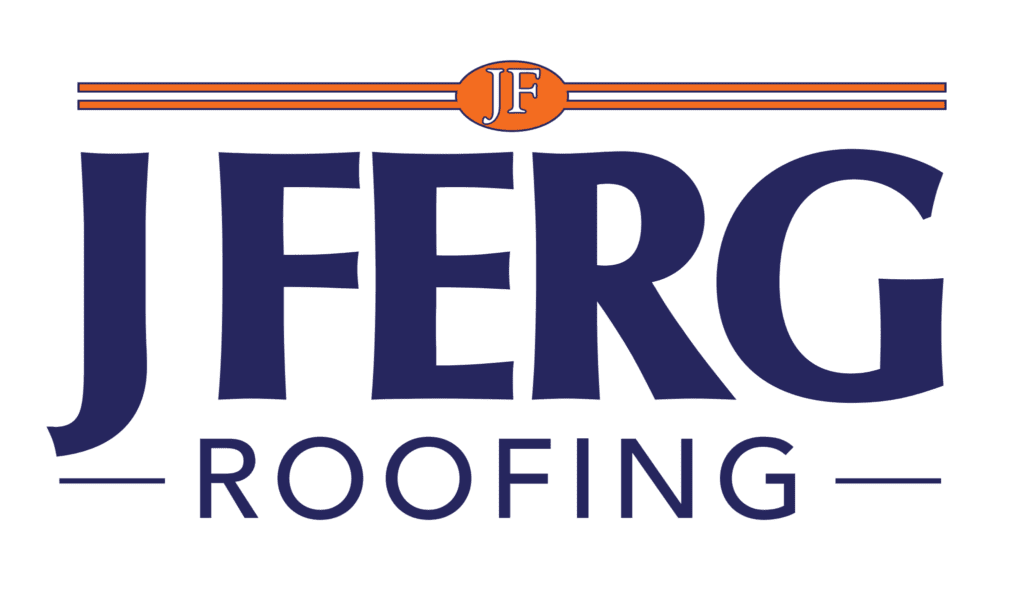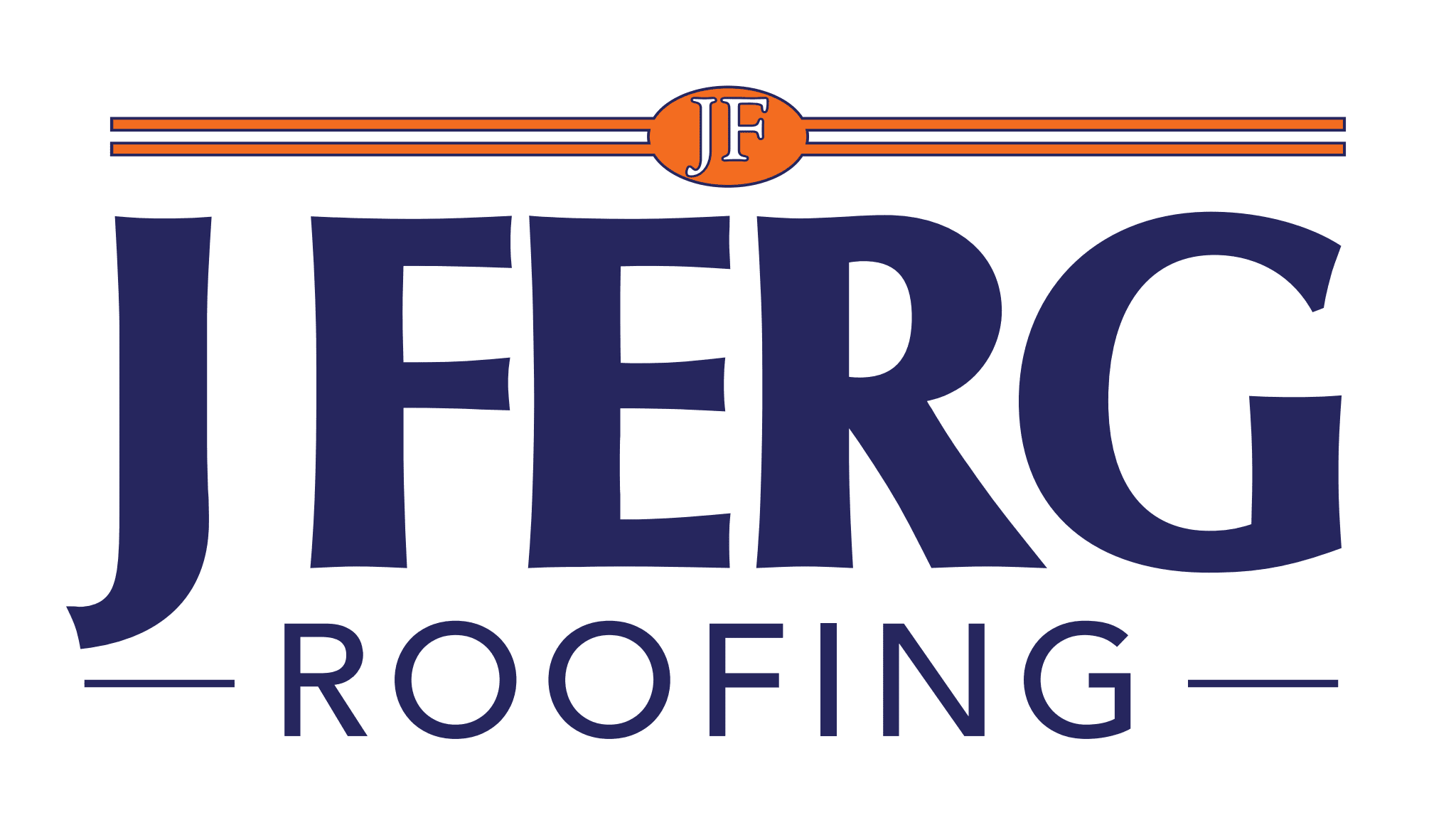J Ferg Knowledge Base
How Snow & Ice Impact Your Roof
As Texans, it’s rare to ever see a winter wonderland of snow-covered roofs, and to an extent, this might be a good thing! While snowy roofs are always a site to behold, snow and ice can be extremely damaging to homes, and here’s why.
Freeze & Thaw Cycle
Ever wondered how potholes develop along our roads? This is due to something called the “freeze & thaw cycle”, which is also one of the major causes of roof damage during the winter!
The freeze & thaw cycle refers to the process of water seeping into cracks in your roof, freezing during the winter, and causing the ice to expand and worsen preexisting cracks.
This cycle also contributes to uneven or broken shingles, which expose vulnerable areas on your roof, making it more susceptible to all kinds of seasonal damage, including Texas hail during the summer months.
Ice Dams
When snow on your roof melts and re-freezes in your gutters, this creates a problem known as an ice dam. The ice creates a wall that prevents snow from naturally sliding off the sloping edges of your roof, resulting in snow buildup around or on top of your gutters. Not only can the heavy weight sag your gutters, but it might also detach them completely if they cannot handle the weight of the snow and icicles. Without gutters to direct water away from your house, rain can seep into basements, causing flooding, freezing, or mold growth.
Ice dams also create heavy pools of ice, snow, and water, which can eventually sag your roofs or cause leaks!
One way to reduce the risk of ice dams is to ensure you have sufficient attic ventilation. Proper attic ventilation prevents ice dams by keeping the space beneath your roof like the temperature outside. This keeps the snow from melting prematurely and refreezing at the edge of your roof. By installing soffit vents and investing in proper insulation, you can more easily regulate the flow of cold air into your attic while keeping the rest of your home warm and cozy.
Stress
When your roof is forced to support piles of heavy snow during the winter months, the shape of your roof can be affected and start to cave in. In these divots, pools of water or melted snow can build up and re-freeze during colder nights, turning into heavy blocks of ice. As these ice blocks continue to grow, they can eventually lead to your roof caving in, costing you thousands of dollars in repairs.
Prevention and Repair
Because these kinds of damage can be hard to spot before it’s too late, routine roofing inspections are critical. Thankfully, many of these problems can be improved, if not entirely solved by maintaining a well-ventilated attic.
For both emergency and routine roof inspections, leave it to the experts at J Ferg to diagnose and repair any seasonal damage.


